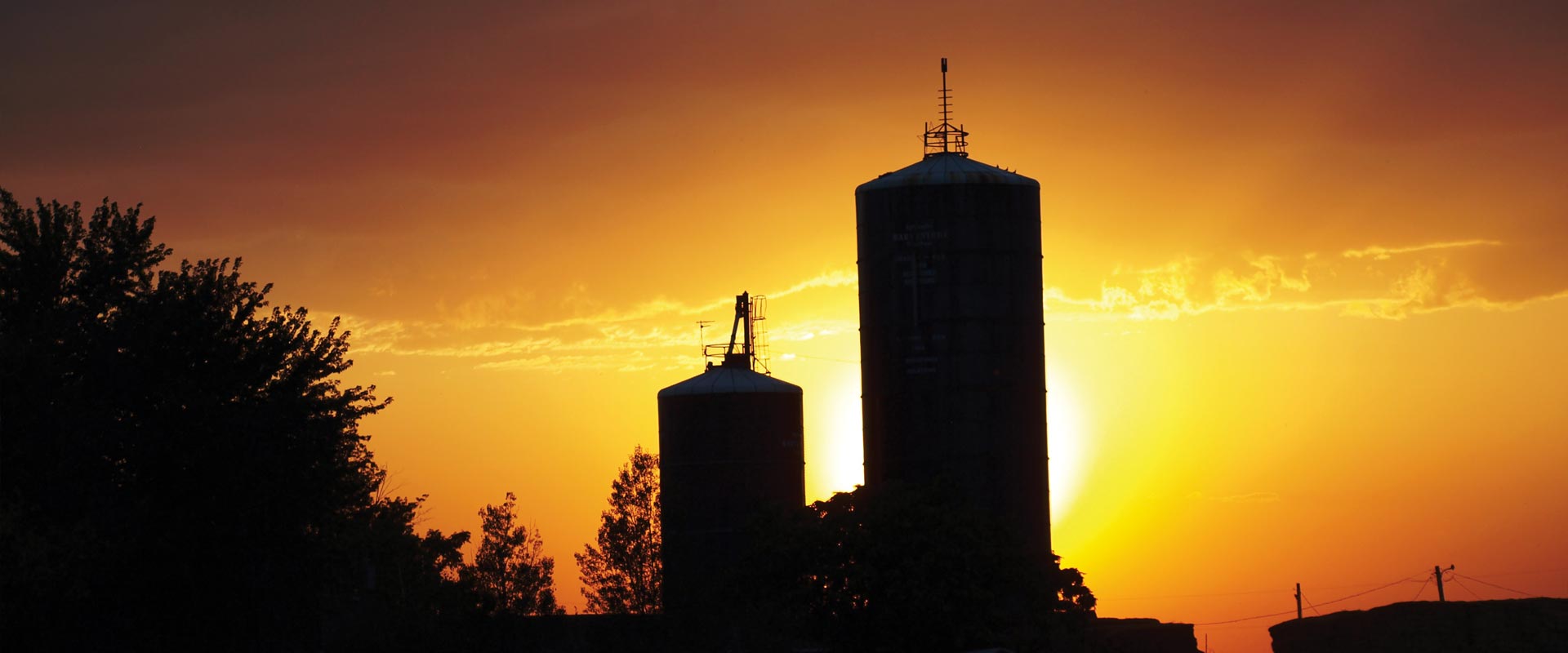1.1 Enhance the transportation system to improve accessibility and connectivity to jobs, schools, and services; allow the efficient movement of people and goods; and ensure the reliability of travel by all modes considering social, economic, and environmental elements.
1.2 Improve safety and security for all transportation modes and users.
1.3 Protect and preserve existing transportation systems and opportunities.
1.4 Develop a transportation system with high connectivity that preserves capacity of the regional system and encourages walk and bike trips.
2.1 Coordinate local land use planning, transportation planning, and development to maximize the use of existing infrastructure, increase the effectiveness of investment, and retain or enhance the vitality of the local community.
2.2 Recognize and more clearly define and support the regional role of all communities, including small communities.
2.3 Encourage infill development and more compact growth near community-identified activity centers.
2.4 Strive for more walkable, bikeable, and livable communities with a strong sense of place and clear community identity and boundaries.
3.1 Encourage mixed-use neighborhoods, town centers, and other development types that include a variety of housing options to meet the transportation and housing needs of all socio-economic groups.
4.1 Promote land use patterns that provide Treasure Valley residents with safe, reliable, and cost-efficient infrastructure services.
4.2 Promote maintenance and preservation of existing infrastructure.



